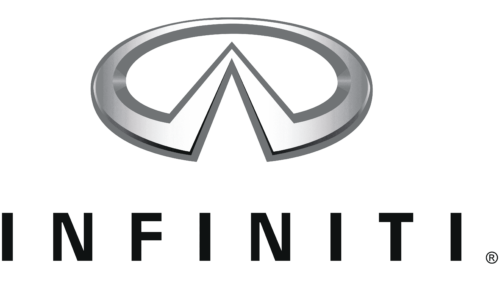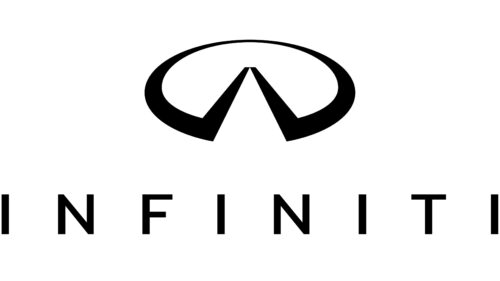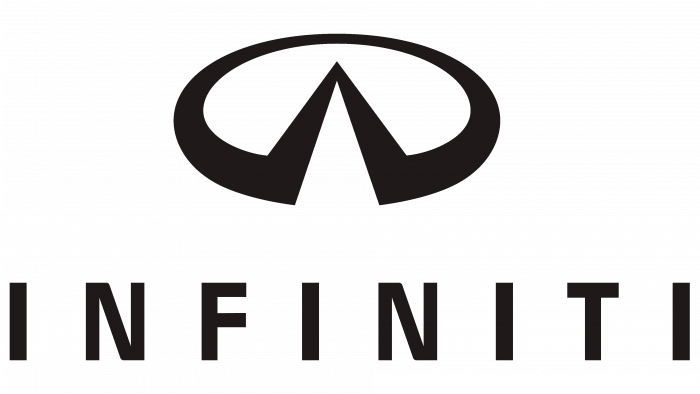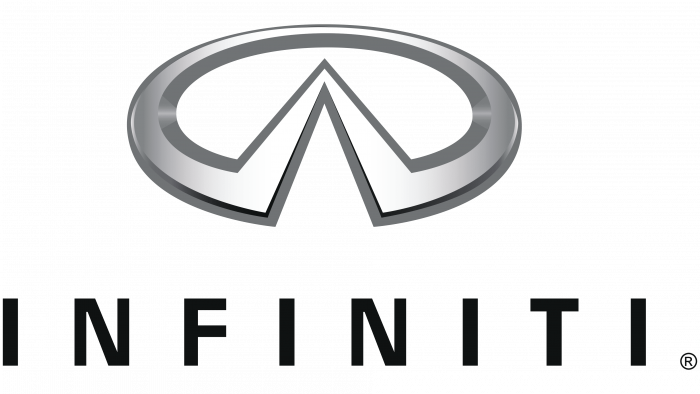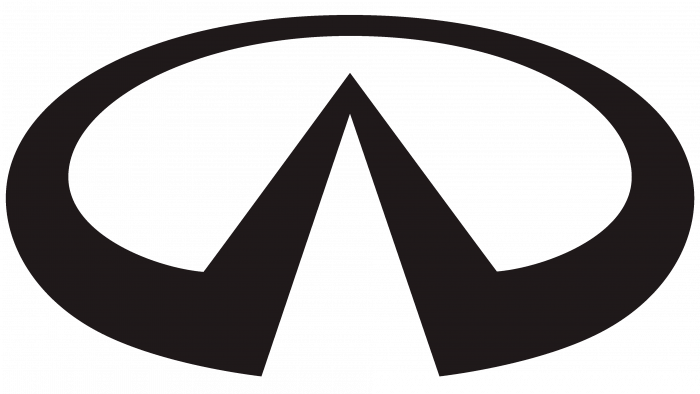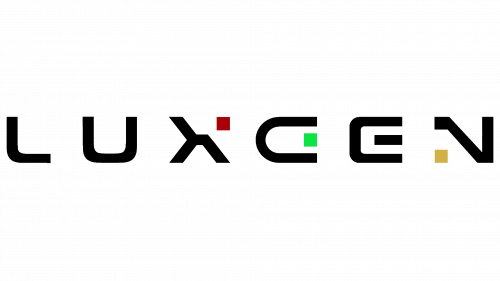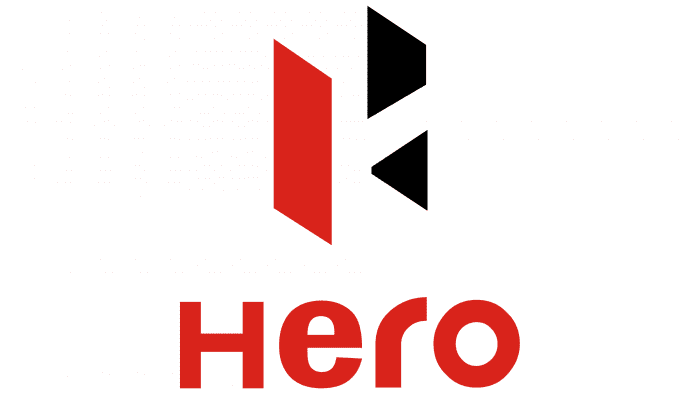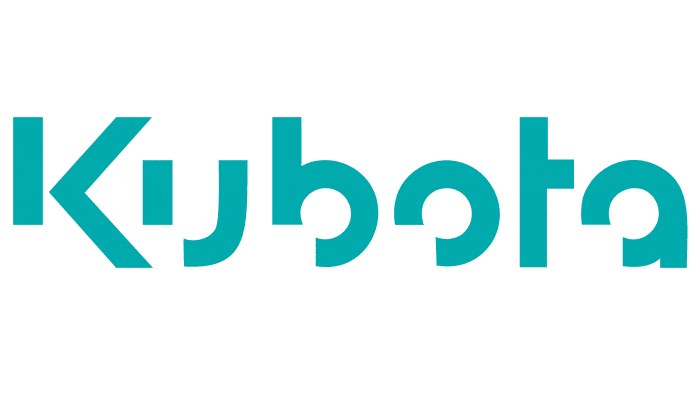Highways, roads, and autobahns—a new brand of cars can conquer everything. Economical and lightweight, they leave behind all competitors. The Infiniti logo indicates a leader in speed and performance.
Infiniti: Brand overview
Meaning and History
The brand of premium cars was named Infiniti, which is consonant with another word in the English language – Infinity. The specialists engaged in naming replaced the last letter “y” with “i” to show the brand’s prospects and its desire to go beyond the generally accepted framework. The original value (“infinity”) was also considered in this case. It desired to produce a line of powerful, stylish cars with promising technical characteristics. This is exactly the model that Nissan engineers developed in 1989. In the same year the brand was registered, dozens of car dealerships opened across the country, and motorists saw the silver oval logo that looked like an inverted Pac-Man for the first time.
In preparation for the debut of the Infiniti brand, the parent company has announced a competition for the best logo and slogan for the new project. The winning option was offered by the advertising agency Lippincott Mercer. The creatives created an oval-shaped emblem with an inward angle. Initially, it was assumed that it should symbolize the road that goes into the distance. According to the designers, the elliptical figure personified the globe. So, they wanted to play with the word “infinity,” depicting an endless road.
But right before the presentation, someone pointed out that the upward angle resembles Fujiyama, Japan’s tallest mountain. The oval, in turn, resembled the setting sun. The logo creators did not abandon this interpretation and used the proposed decoding to win the competition for the best Infiniti branding. Nissan executives were very pleased with the Fujiyama idea, so the Lippincott Mercer emblem was adopted almost unchanged.
What is Infiniti?
Infiniti is part of the Japanese company Nissan Motor Co., Ltd. Since 1989, premium cars have been produced under this brand. They were originally aimed at the US market and opposed Acura and Lexus cars. Remarkably, there is no Infiniti in Japan itself and never has been – the products of this brand are only for export.
1989 – 2004

The Infiniti brand received its iconic logo in 1989 when Nissan introduced the first car with that name. Lippincott Mercer developed the sign and initially symbolized a road disappearing into the distance. The emblem resembles a three-dimensional circular chart with a missing fragment at the bottom. It is formed by two small, narrow black triangles connected by sharp vertices and embedded in an incomplete ring. At the bottom, the word “INFINITI” is written in an uppercase sans-serif font. The inscription has a reduced size and very wide intervals between the letters.
2004 – 2023

The graphic symbol is stylized as figurines on car radiators. It has a slight metallic luster due to the color difference: the pattern is outlined in dark gray at the edges, and closer to the middle, the shade brightens to white. Strong lines around the edges create a 3D effect. In the full version, the logo is supplemented with the word “INFINITI.” The trademark name is gray, without outlines. The strokes in all letters are roughly the same thickness. There are no decorative serifs or roundings, which makes the characters appear rectangular. This strict geometry visually balances the oval element.
2023 – today
In revisiting a design direction previously explored by the renowned branding agency Lippincott Mercer, Infiniti, the acclaimed automobile manufacturer, has shifted back to basics. The brand logo has embraced simplicity, minimalism, and elegance again, emerging as a flat, two-dimensional symbol that has seamlessly replaced its more complicated, three-dimensional predecessor.
This change was strategically implemented to ensure that the emblem retains its clarity and recognizability across various platforms, especially in the digital world where electronic media screens come in all sizes and resolutions. The logo’s simplicity, devoid of intricate details, makes it easily discernible and striking even on the smallest screens or from a distance.
The emblem encapsulates a deeper narrative beyond its stark simplicity. It artistically depicts the image of an open road stretching infinitely toward the horizon, evoking a sense of adventure, freedom, and endless possibilities. This is further enhanced by an arch at the top, subtly bridging the two black triangles. The lines do not converge sharply in the center but instead only touch lightly on the sides, suggesting a road that never truly ends.
In a delightful twist of symbolism, the triangles do not have sharp ends. Instead, a single white peak dominates the design. This peak is a powerful symbol of Japan’s iconic Mount Fuji, adding a layer of cultural significance and paying homage to the brand’s Japanese heritage.
The brand name, set underneath the logo, follows a distinctive typography. This is not a flashy or ornate font; it employs a chopped, geometric style with wide glyph spacing reminiscent of road signs and pointers. This not only complements the overall simplicity of the logo but also enhances its readability. Although smaller, the letters are wide and semi-bold, striking a balance between subtlety and assertiveness.
The spacing is now narrower compared to the original version, offering a more compact and robust look. Yet, the rigorous geometric design remains a distinct feature, seamlessly tying in with the logo’s symbolism. The text and the symbol create a harmonious blend, painting a vivid picture of the brand’s identity—rooted in tradition yet forward-thinking and innovative.
Infiniti: Interesting Facts
Infiniti is Nissan’s luxury car division, launched in 1989 to compete with other luxury brands worldwide, especially in Europe and North America.
- Launch and Goals: Infiniti entered the North American market in 1989, aiming to combine luxury, top-notch customer service, and high-performance cars.
- Logo Meaning: Its logo, a road stretching into the distance, symbolizes Infiniti’s drive for innovation and forward progress in luxury cars.
- First Cars: Infiniti started with the Q45, a luxury sedan with a powerful V8 engine, and the M30, a stylish coupe and convertible focusing on comfort.
- Tech Innovations: Infiniti has led in adding new tech to its cars, like the Around View Monitor, giving drivers a 360-degree view to help with parking and tight spaces.
- Performance Line: In 2011, Infiniti launched its Performance Line (IPL) to provide cars with even better performance, aiming to match up with other luxury brand performance divisions.
- Going Green: Infiniti has worked on hybrid and electric vehicles to be more environmentally friendly. The Q50 Hybrid is a key example, offering great performance with better fuel efficiency and fewer emissions.
- Worldwide Reach: Initially focused on North America, Infiniti has since expanded globally, including Europe, Asia, and the Middle East, to become a worldwide luxury car brand.
- Design Studios: With design studios in London, Beijing, San Diego, and Japan, Infiniti aims to keep its vehicle designs fresh and innovative.
- Model Naming: In 2013, Infiniti simplified its model names to “Q” for cars and “QX” for SUVs and crossovers, making it easier for customers to understand their lineup.
- Formula One: Infiniti has also been involved in Formula One racing, partnering with teams like Red Bull Racing and Renault F1 Team, highlighting its focus on performance and cutting-edge technology.
Infiniti continues to push luxury, performance, and tech to new heights, aiming to give drivers a distinguished and enjoyable experience.
Font and Colors
Nissan Motor Company has embodied in the Infiniti brand its love for technology, brightness, and originality. This is reflected in the premium cars and the logo, which looks as sophisticated as all branded products. A unique sign in terms of design can be interpreted in many ways. Some see it as the highest mountain in Japan. Others notice an obvious resemblance to a road stretching into the distance. Still, others believe the angle at the ellipse’s bottom looks like an inverted V (a sign of victory). Regardless of interpretation, the emblem can be seen as a symbol of the pursuit of new horizons. After all, growth and movement forward are the core values of the car brand.
Official sources tell us that the Infiniti emblem was inspired by an algebraic figure called a lemniscate. This term existed in ancient Greece: the so-called bow, which fastened the wreath of winners in sports competitions. Now, the lemniscate is used by mathematicians. It is a curved line in the shape of an infinity symbol.
The brand name is not included in the graphic symbol but below the bottom. It is written in a sans-serif typeface that resembles Josef Pro Bold, designed by Ingo Zimmermann. Another similar option is Adrian Frutiger’s Frutiger Next Pro Condensed Bold. All letters have the same stroke width. The word looks minimalistic, which gives it a special charm. Nissan Motor uses a similar font; we are talking about the partial inheritance of logos.
The color palette also matches: Infiniti, like Nissan, has a metallic tint. The designers have combined gray, silver, and white to create an emblem that emphasizes the cars’ high-end styling.
FAQ
What is the slogan of INFINITI?
The slogan “New Horizons” represents the desire to explore new possibilities in automotive design and technology. The two lines on the emblem symbolize the endless possibilities and paths to be discovered. The idea of exploration and progress is at the heart of the brand, inspiring both the engineers who design the cars and the drivers who use them.
What country is INFINITI from?
INFINITI is a Japanese luxury car brand owned by the Nissan Motor Company. It was started in 1985 by a Nissan team called the Horizon Task Force, which sought to develop a new line of cars. The team focused on creating high-performance luxury cars that appeal to discerning buyers in the global luxury car market.
What does the INFINITI logo mean?
The INFINITI logo, created by Lippincott Mercer, has several meanings. Initially, the design resembled a road stretching into the distance, reflecting the brand’s desire to always move forward. The oval around the road symbolizes the globe, showing that the brand aims to attract customers worldwide. Later, the upward-pointing triangle in the logo began to look like a mountain peak, leading to a new interpretation of the design. Now, it represents Mount Fuji, a famous and important mountain in Japan.
What is the font of the INFINITI logo?
The logo font is very similar to Frutiger Next Pro Condensed Bold, designed by Adrian Frutiger. This simple font has straight, rectangular lines of equal thickness, giving the brand a clean and modern look that fits well with its image in the luxury car market. The simple font design matches the overall brand style, which is both sleek and sophisticated.


